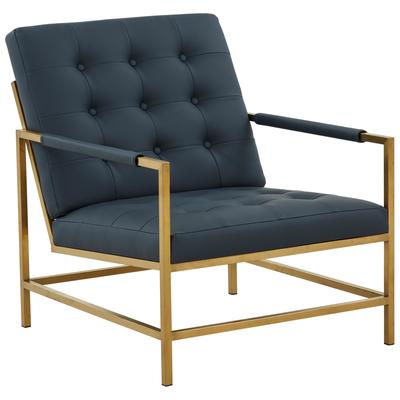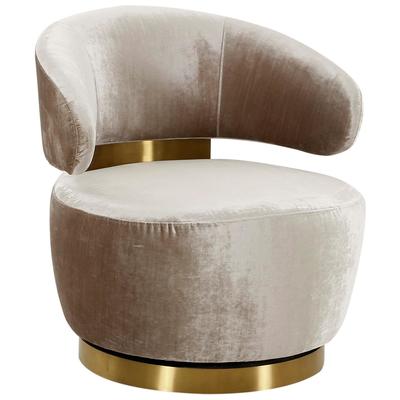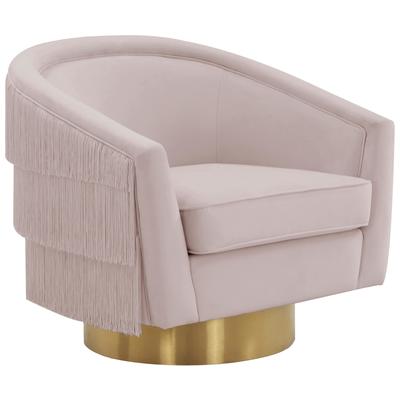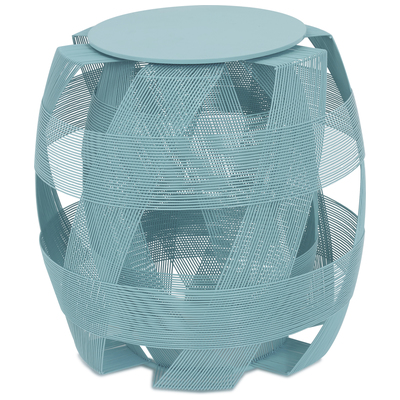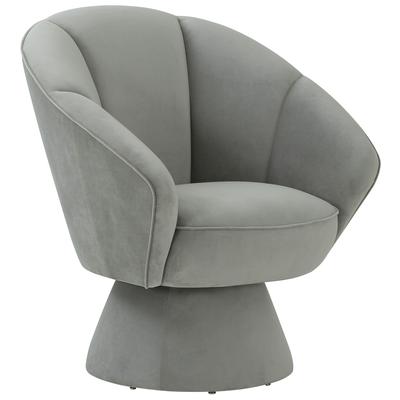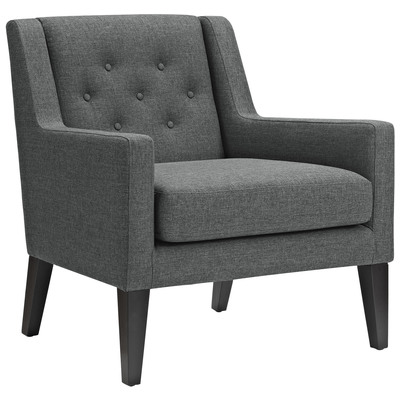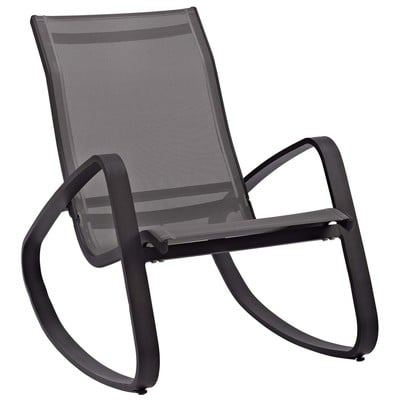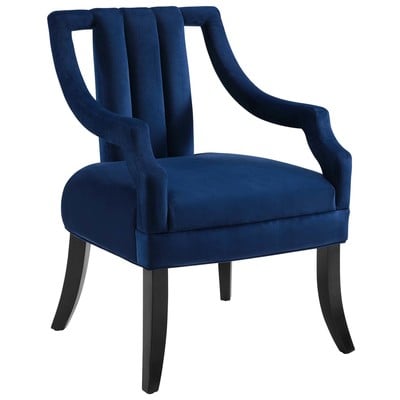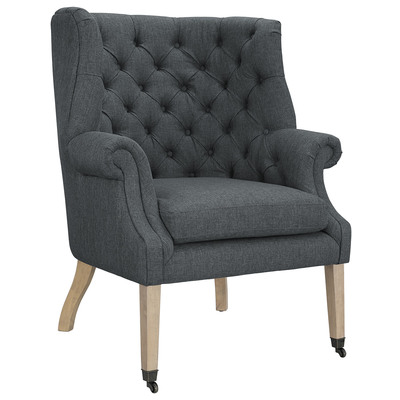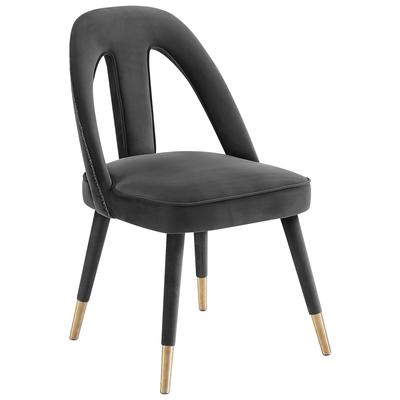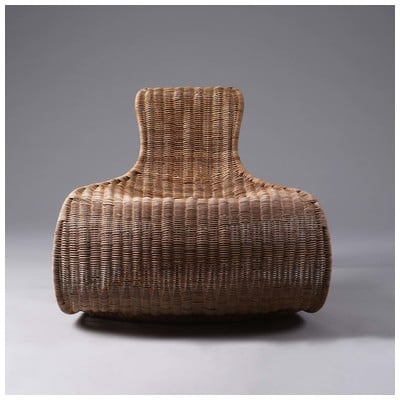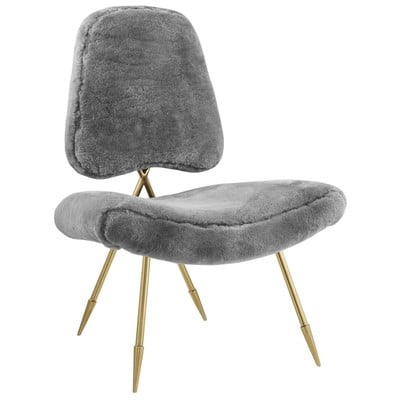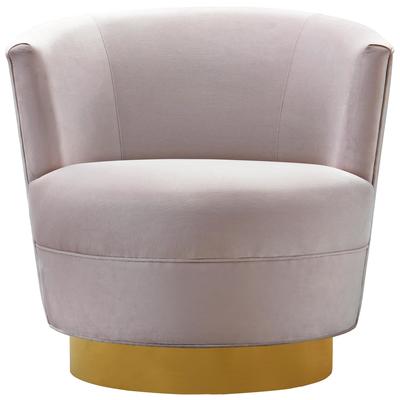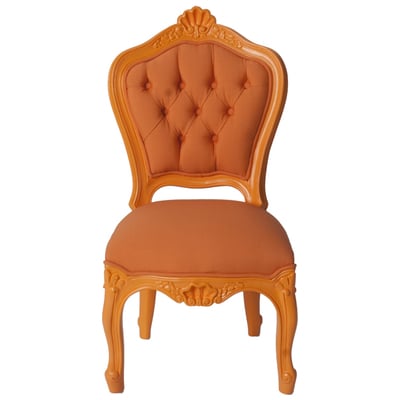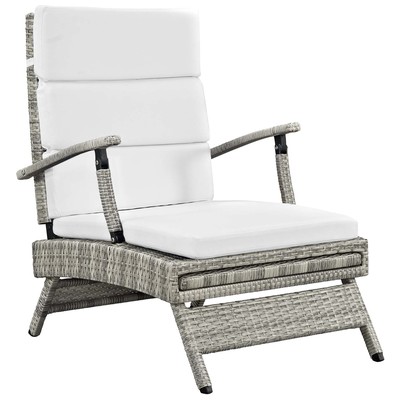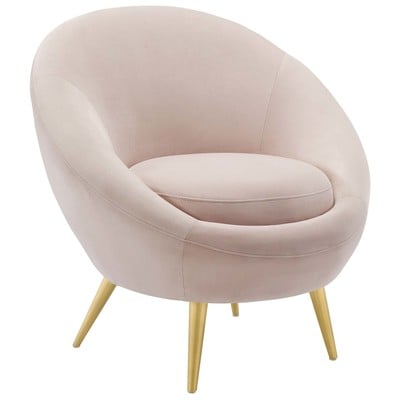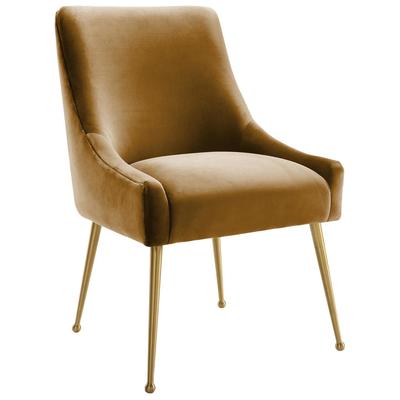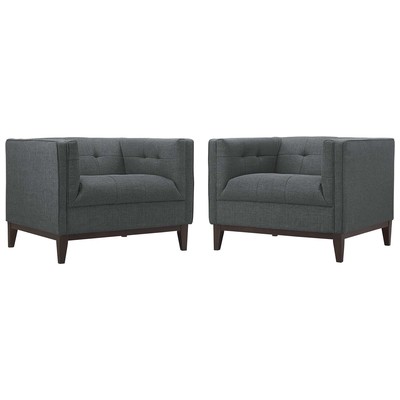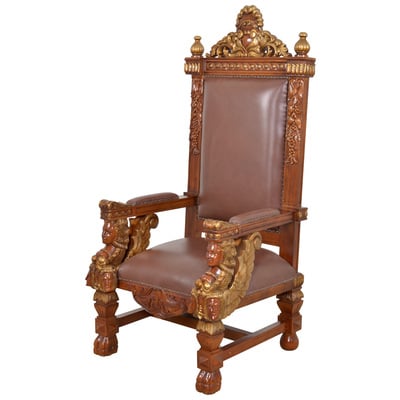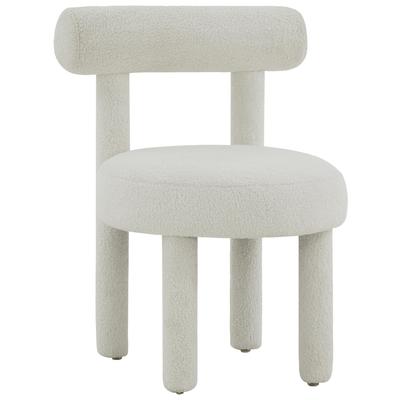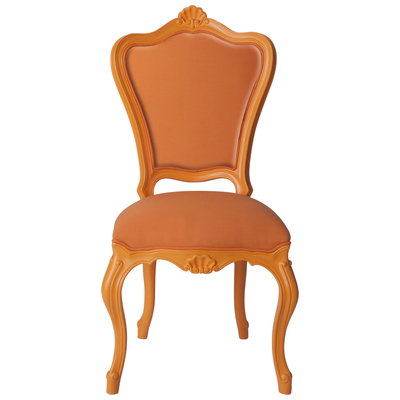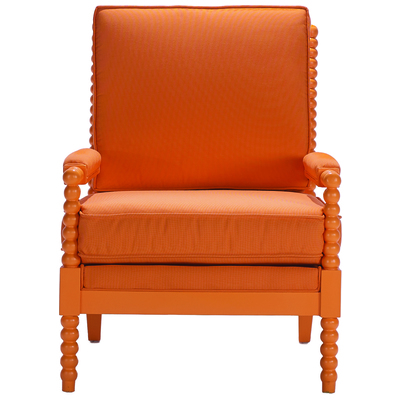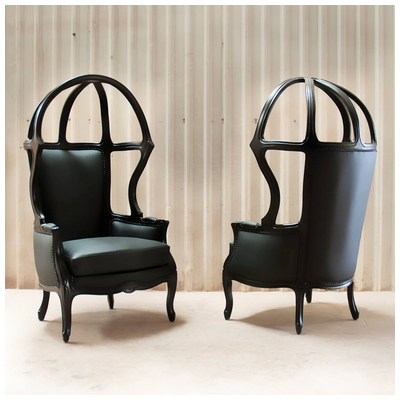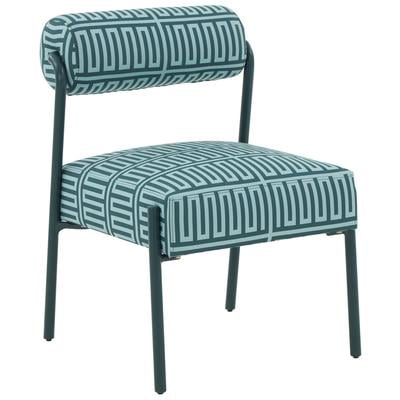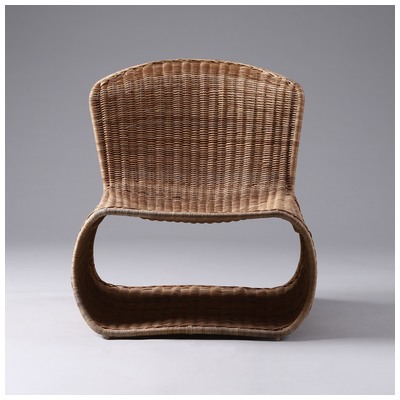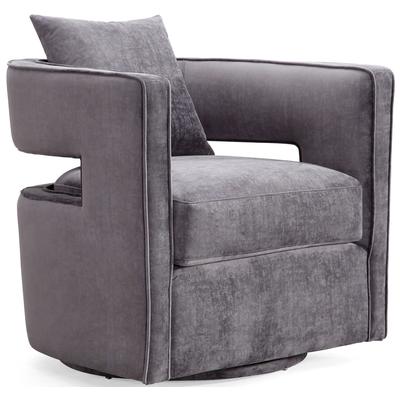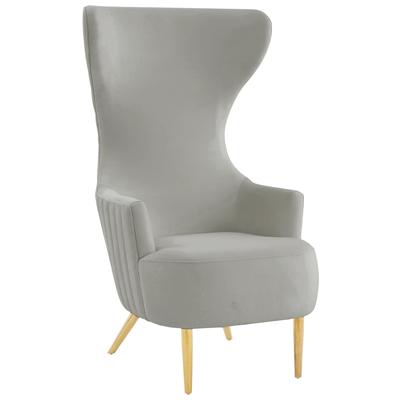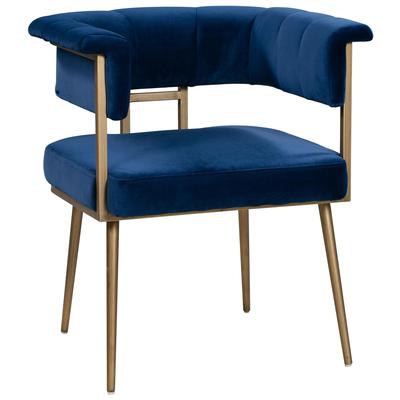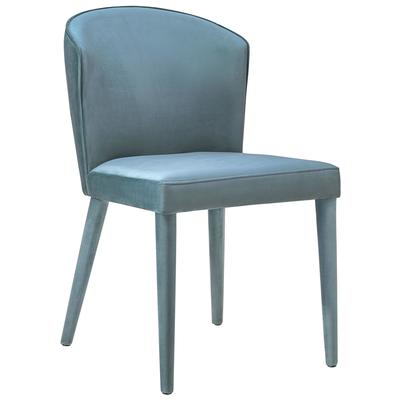Since my last few blogs have showcased differences between traditional and modern decor, I thought it was time to touch on a perennially popular and trendy design trend–the transitional style. And no, it’s not just what a room looks like when it is half-finished. Most accurately it could be called ‘best of both worlds’ style, or ‘meeting in the middle.’ Transitional style combines the decoration and elegance of vintage styles with the clean lines and subdued colors of contemporary looks. The effect is a harmonious and subtle blend of comfort and fashion.
Stay Neutral

The most important aspect of decorating a transitional room is striking that balance between traditional and modern. Too many noisy patterns and colors will tip it toward baroque and fussy, but too few will send it toward the ascetic and modern. Keeping to neutral colors like beige and grey can play up the contemporary aesthetic, which works great if your intent is to keep your furniture more traditional and comfortable. A plain beige wingback chair, for instance, would look considerably more at home in a transitional style room than, say, a damask patterned wingback. Muted colors means the opportunity for more vintage furniture styles.
A Colorful Compromise

Shop Accent Chairs:
If you aren’t quite ready to forego all color, I forgive you. Actually, I commend you, since a house without color is going to get boring and depressing pretty fast. Incorporating a color scheme into a transitional house takes a light touch. Like in the example above, you might choose one color to dominate, and then stick with that motif throughout the room. Throw pillows, curtains, and area rugs are a great way to add pops of color. If you’re considering a paint job, consider only painting one wall with color, and leaving the others more neutral.
A Happy Medium

Kitchens are actually great places to incorporate the transitional style, because they’ve just got so much going on. A ton of different surfaces and fixtures to work with. Pair the cool, clean lines of modern cabinets and a butcher’s block with the vintage flair of a bridge-style sink, as well as the more traditional copper and gold colored handles and faucet. Or go the other way around and pair a high-tech faucet with a marble or stone countertop. It’s all about contrasts here!
Let There Be Light

One of the very first rules of brightening up a room is to use light colors. White surfaces and furniture can make even a gloomy room look open and cheery, but if you’re working with a room that already naturally gets a lot of light, consider going for slightly darker decor. Lots of light combined with dark wood strikes a nice balance between old and new, and a blend of black and white looks classy everywhere.
Shop Bathroom Vanities: A Careful Symmetry

When it comes down to it, the thing remember when you’re building a transitional space is that it’s all about balance–between old and new, light and dark, simple and elegant. It’s about creating a harmonious space that draws from multiple styles without overwhelming the eye or falling too far in any direction. Go for minimal decorations and accents. Too much ornamentation will start making your room look baroque and disorganized; this is isn’t necessarily a bad thing, but not what you want for a transitional room. Keep your artistic touches simple. Symmetrical decoration is a good trick for maintaining the order in a room, like in the picture above.
At first glance transitional decor may just seem like throwing a bunch of random styles together and hoping for the best, but it takes a light touch and a good eye to keep transitional from turning jumbled or incoherent. But don’t let that scare you! With a little forethought you can have your home looking comfortable yet elegant, simple yet compelling.


